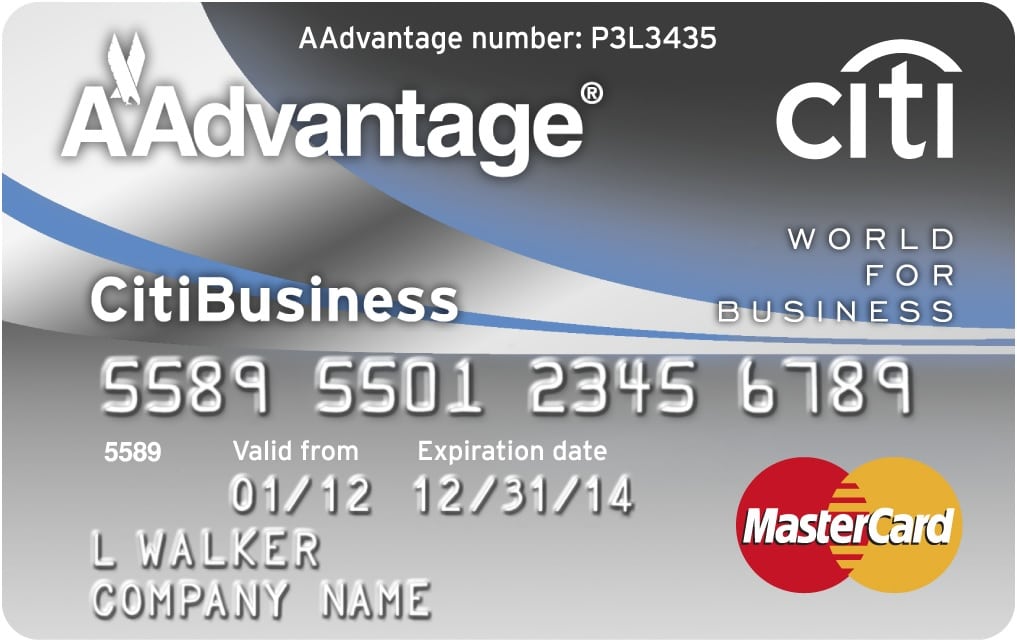Skift Take
While American Airlines gave birth to the modern loyalty marketing, the game has completely changed as the market of players operating in it has shrunk. The report lays out the ongoing and coming changes in loyalty marketing, and what marketers can do to operate in this new world.
Recently we launched a new report in our Skift Trends Reports series, “The Reinvention of Airline and Hotel Loyalty Programs,” about how marketers can capitalize on new innovations in technology and shifts in traveler behavior to build more genuine customer loyalty and larger profits in the future. Below is an extract. Get the full report to get full understanding.
American Airlines didn’t set out to invent the loyalty marketing playbook when they launched the AAdvantage program in 1981, but the decision still reverberates across the industry landscape.
Government de-regulation of airlines in 1978 had exposed the lack of product differentiation among key players like United and TWA, leading American’s advertising agency, Doyle Dane Bernbach, to propose a marketing concept that had long been embraced by other customer-centric companies such as banks and grocery stores—the customer loyalty program.
The scheme was simple—after experimenting with few other incentive structures (special fares for loyal customers was one idea that was scrapped —they were too easily matched by competitors) American’s AAdvantage program settled a system pegging rewards to the amount of mileage flown. The program proved an immediate success and key competitors, including United, TWA, British Airways,quickly followed suit with similarly structured programs.
The rapid customer adoption of AAdvantage and its swift duplication by airline competitors soon caught the attention of hotel marketers. Executives at Holiday Inn and Marriott launched their own hotel-focused loyalty programs in 1983. Piggy-backing off the attractive value of free travel, these hotel programs aligned themselves with airline programs, offering free plane tickets as a core selling point, along with free hotel stays and free rental cars.
While seemingly inconsequential at the time, the decision to structure loyalty rewards around the volume of product consumed rather than dollars spent had lasting consequences for a variety of woes currently plaguing not only how travelers make use of loyalty programs, but also the companies’ bottom lines.
However, recent industry moves suggest the long-held dogma surrounding the miles for rewards structure may be on its way out as loyalty programs seek new opportunities innovate and drive revenue.
Above is an extract from our report on reinvention of loyalty, get the full report to get full understanding.
The Daily Newsletter
Our daily coverage of the global travel industry. Written by editors and analysts from across Skift’s brands.
Have a confidential tip for Skift? Get in touch
Tags: american airlines, holiday inn, loyalty, marriott
Photo credit: An AAdvantage-branded card from American Airlines and Citibank. American Airlines
